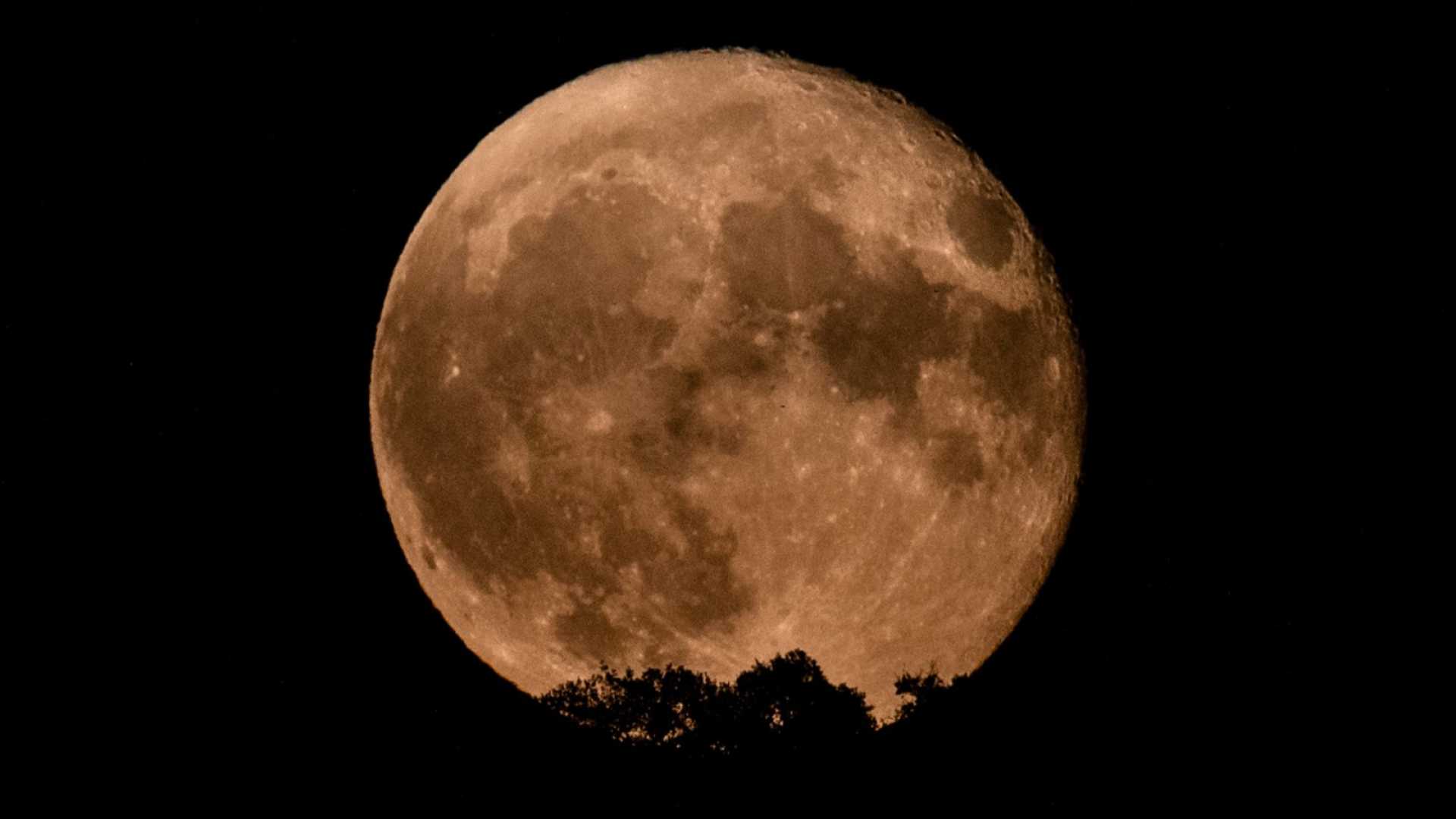News
Sturgeon Moon Lights Up August Night Sky This Weekend

Washington, D.C. — Stargazers are in for a treat this weekend as August’s full moon, known as the Sturgeon Moon, reaches its peak illumination around 3:55 a.m. ET on Saturday, August 9. The moon will be visible from Friday night into the early hours of Saturday morning, making it a perfect opportunity for night sky enthusiasts to enjoy its bright glow.
Kelsey Young, the lunar science objectives lead for NASA’s Artemis II mission, emphasizes that the full moon can be appreciated even amid city lights. “The good thing about the full moon is that even if you’re in a big city with a lot of city lights, you can really appreciate the full moon,” Young said. For the best viewing experience, she recommends finding a spot away from urban light pollution.
The term “Sturgeon Moon” dates back to Native American traditions, marking the months when sturgeon fish are plentiful in the Great Lakes. Other names for this month’s full moon include the flying up moon, celebrated by the Cree people, and the black cherries moon, a nod to the ripening of cherries, according to various cultural sources.
This weekend, the Sturgeon Moon will be accompanied by several meteor showers. The Southern Delta Aquariids and the Alpha Capricornids have already reached their peaks, but the Perseids meteor shower is expected to peak on August 12-13. Unfortunately, the brightness of the full moon may hinder visibility of the meteors.
Additionally, Venus and Jupiter will be visible in the early morning sky throughout August, appearing close together before sunrise. Young advises inquiring about local sunrise times to catch these planetary delights.
As summer winds down, skywatchers can look forward to more celestial events, including a total lunar eclipse visible across Europe, Asia, and Africa on September 7-8. During this event, the moon may appear red due to the Earth’s shadow. Just two weeks later, on September 21, a partial solar eclipse will be visible in various regions, including parts of Australia and the Atlantic.
With multiple full moons to enjoy this year, including supermoons in October and November, this August weekend promises an exciting spectacle for all those looking to connect with the cosmos.












